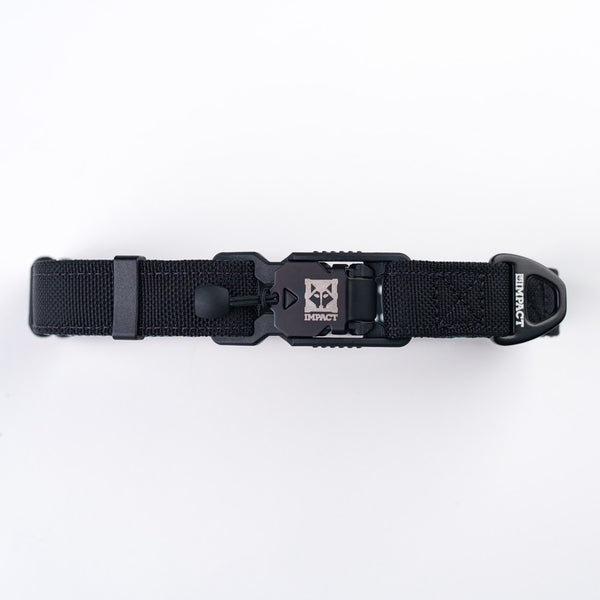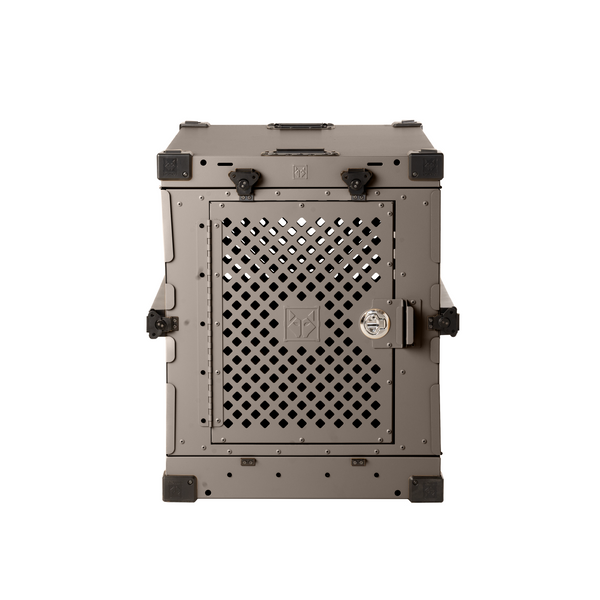Is it time to swap out cold kibble for something warmer? There’s a good reason to consider it. Warming your dog’s food enhances its aroma and flavor, making it more appealing—especially for pets that have lost their appetite due to aging or health conditions. A warm meal can stimulate their senses and encourage better eating habits.
Methods for Warming Dog Food
Warming your pet’s food isn’t just about microwaving it. Here are a few safe and effective methods:
-
Microwave: Quick and convenient, but be sure to stir the food well to avoid hot spots that could burn your dog’s mouth.
-
Stovetop: Simmer the food on low heat to release its natural flavors. Keep a close watch to prevent burning.
-
Warm Water Bath: Place the food bowl in a larger bowl of warm water. This gentle method avoids overheating but takes a little longer.
When Warming Food Becomes Essential
For puppies, senior dogs, or pets recovering from illness, warming food isn’t just a preference—it’s beneficial.
-
Improves appetite: Enhances the food’s smell and taste, making it more appealing.
-
Aids digestion: Many veterinarians recommend warm meals to support better digestion.
-
Encourages nutrient intake: Helps dogs get the nutrients they need, especially when they’re reluctant to eat.
A Word of Caution
While warming food has its benefits, it’s important to consider your dog’s specific health needs.
-
Always check the temperature before serving.
-
Consult your vet before making dietary changes, especially if your pet has medical conditions.
-
Follow professional guidance to ensure your dog’s meals remain safe and nutritious.
Making Mealtime More Enjoyable
Warming your dog’s food can make mealtime more enticing and rewarding. By using the right methods and considering your pet’s individual needs, you can create delicious, comforting meals that your dog will love.
https://www.akc.org/expert-advice/nutrition/warm-up-dogs-food/






